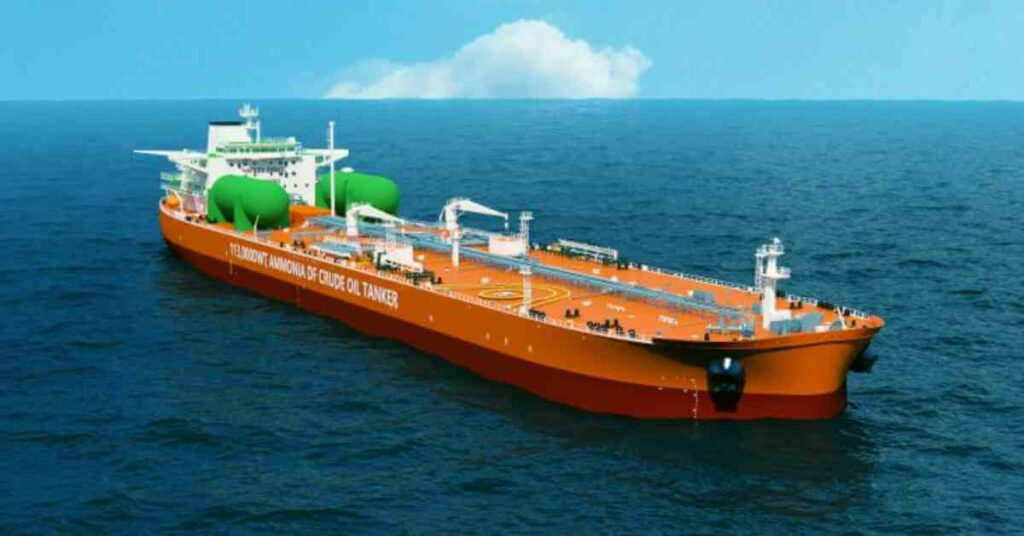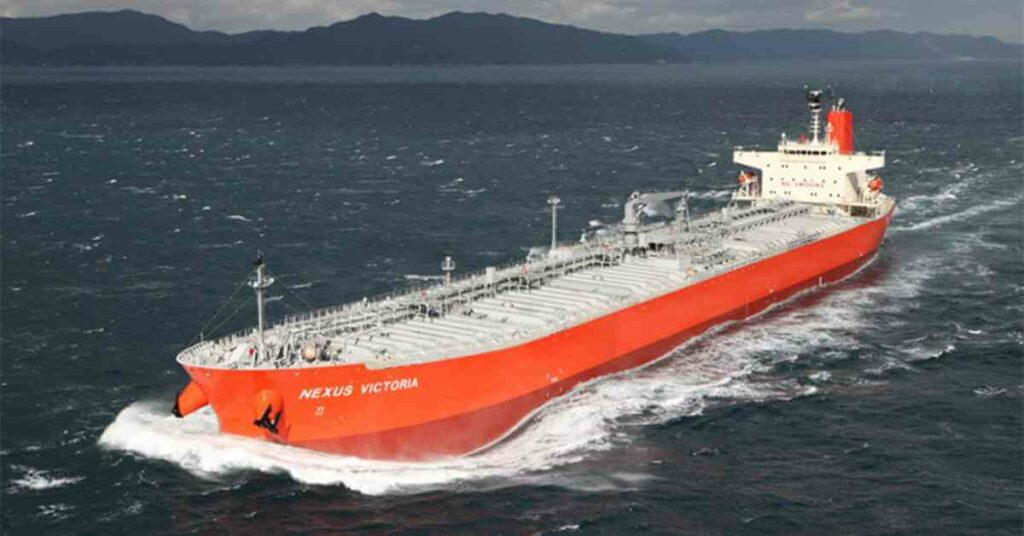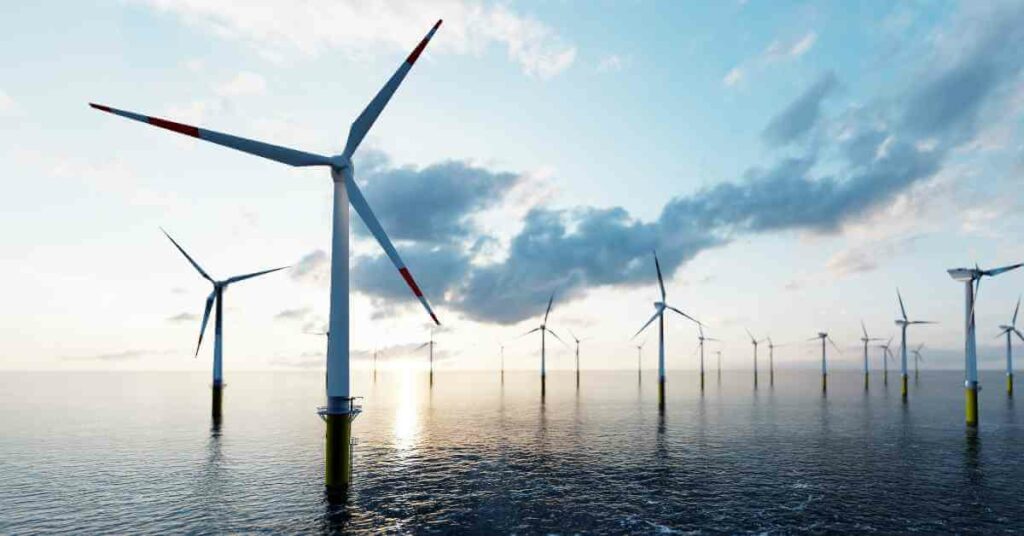Severe Drought Forces Panama Canal To Impose Shipping Restrictions
A severe drought impacting the Panama Canal is compelling the container vessels to lighten loads and pay a higher rate, with further increases in the cost of shipping cargo via the canal expected this year in summer.
The largest vessels will have to lower drafts — how low they settle in the water — by carrying less or cutting the weight of cargoes as of 24 May, followed by yet another decrease, which kicks in on 29 May.
Some major ocean carriers have declared new rates for their goods shipped on the channel as of 1 June in response to canal limitations.

The measures will likely result in delays and higher costs for goods shipped via the canal, which typically observes 5% of yearly global maritime trade pass via the locks.
The canal that connects the Pacific and Atlantic oceans has been struggling with water supply shortages since before a 2016 expansion that permitted much larger vessels to sail through. It has a protocol comprising weight restrictions and transit fees that kick in as the drought conditions deteriorate.
Rainfall was lower than 50% of normal to April from February near the lakes and canal that feed it. The number of rainfall ties in with 2019, which experienced the lowest level in two decades, per Everstream Analytics. And there is no sign of the rainy season that starts ahead of summer.
Water levels in Lake Gatun, the largest of the two lakes that feed the canal, are expected to hit historic lows by July, restricting vessels’ drafts and how much cargo they can transport.
Starting from 24 May, Neo-Panamax vessels — the largest vessels that transit the waterway — will be permitted drafts of up to 44.5 feet, down from an already restricted 45 feet, per the canal spokesman Octavio Colindres.
The draft limit is going to decline to 44 feet on 30 May. While this seems to be a minor change, it could also translate to 40% less cargo regarding some containership.
A 50-foot draft is considered to be normal. During droughts of 2016 and 2019, the draft limit dropped as low as 43 feet.
At least four ocean carriers have declared weight limits or imposed container fees ranging from $300 to $500 per box effective 1 June in response to the measures adopted by the canal’s measures. Additional carriers are likely to follow suit as these restrictions keep ramping up.
The lower-than-general water levels in Gatun Lake are resulting in severe draft restrictions on the vessels that sail via the Panama Canal, the ocean carrier Hapag-Lloyd mentioned in a 30 April customer advisory.
The notice mentioned that shippers to North America from East Asia must pay a surcharge on cargo from 1 June.
Among Neo-Panamax users benefitting from the Panama Canal in April 2023, container vessels made up 45% of traffic, followed by carriers of dry bulk, liquefied petroleum gas, and liquefied natural gas.
LNG carriers, which are highly reliant on the canal, are not as highly impacted by the draft changes as the vessels have lower draft restrictions than the ones loaded with heavier industrial commodities or goods. But bottlenecks are causes for worry, considering that the US LNG export expansions will go online within the next five years.
The 44-foot draft restrictions are prepared to lower space for most shippers by 40% on the Neo-Panamax, per Nathan Strang, the director of ocean freight associated with Flexport Inc., a popular freight forwarder. That means it will take more ships to move the same amount of goods, potentially boosting the queuing times for ships waiting to get through.
Strang said some shippers would need to split the heavier cargo into two containers, with vessels transporting heavier commodities impacted more. The measures may cost retailers and importers using the route an additional $1,500 per container, he said.
If one ships two containers per week at about 12 tons each at approximately $3,000 per piece, they will have to send three containers. So the price per shipment from $6,000 went up to $9,000, Strang explained.
And when it comes to shippers who typically move 25 tons per container, they would now require three or four boxes. That is a significantly larger hit, and the shippers won’t use the canal.
Asia-to-US cargo can opt for alternative channels via the Suez Canal. Alternatively, they might also use ports in Southern California that would reportedly involve loading containers onto trains or trucks bound for the population Centers in the Midwest and East Coast.
Strang said some shippers are already considering those options.
The pattern keeps featuring below-normal rainfall in Panama in the near foreseeable future, mentioned Jon Davis, the chief meteorologist associated with Everstream Analytics.
As a result, we expect the lake levels to be lowered and the effect on shipping over the canal to worsen.
References: The Economic Times, Bloomberg
Disclaimer :
The information contained in this website is for general information purposes only. While we endeavour to keep the information up to date and correct, we make no representations or warranties of any kind, express or implied, about the completeness, accuracy, reliability, suitability or availability with respect to the website or the information, products, services, or related graphics contained on the website for any purpose. Any reliance you place on such information is therefore strictly at your own risk.
In no event will we be liable for any loss or damage including without limitation, indirect or consequential loss or damage, or any loss or damage whatsoever arising from loss of data or profits arising out of, or in connection with, the use of this website.
Disclaimer :
The information contained in this website is for general information purposes only. While we endeavour to keep the information up to date and correct, we make no representations or warranties of any kind, express or implied, about the completeness, accuracy, reliability, suitability or availability with respect to the website or the information, products, services, or related graphics contained on the website for any purpose. Any reliance you place on such information is therefore strictly at your own risk.
Do you have info to share with us ? Suggest a correction
About Author
Marine Insight News Network is a premier source for up-to-date, comprehensive, and insightful coverage of the maritime industry. Dedicated to offering the latest news, trends, and analyses in shipping, marine technology, regulations, and global maritime affairs, Marine Insight News Network prides itself on delivering accurate, engaging, and relevant information.

About Author
Marine Insight News Network is a premier source for up-to-date, comprehensive, and insightful coverage of the maritime industry. Dedicated to offering the latest news, trends, and analyses in shipping, marine technology, regulations, and global maritime affairs, Marine Insight News Network prides itself on delivering accurate, engaging, and relevant information.
Latest Shipping News Articles You Would Like:
Subscribe To Our Newsletters
By subscribing, you agree to our Privacy Policy and may receive occasional deal communications; you can unsubscribe anytime.









